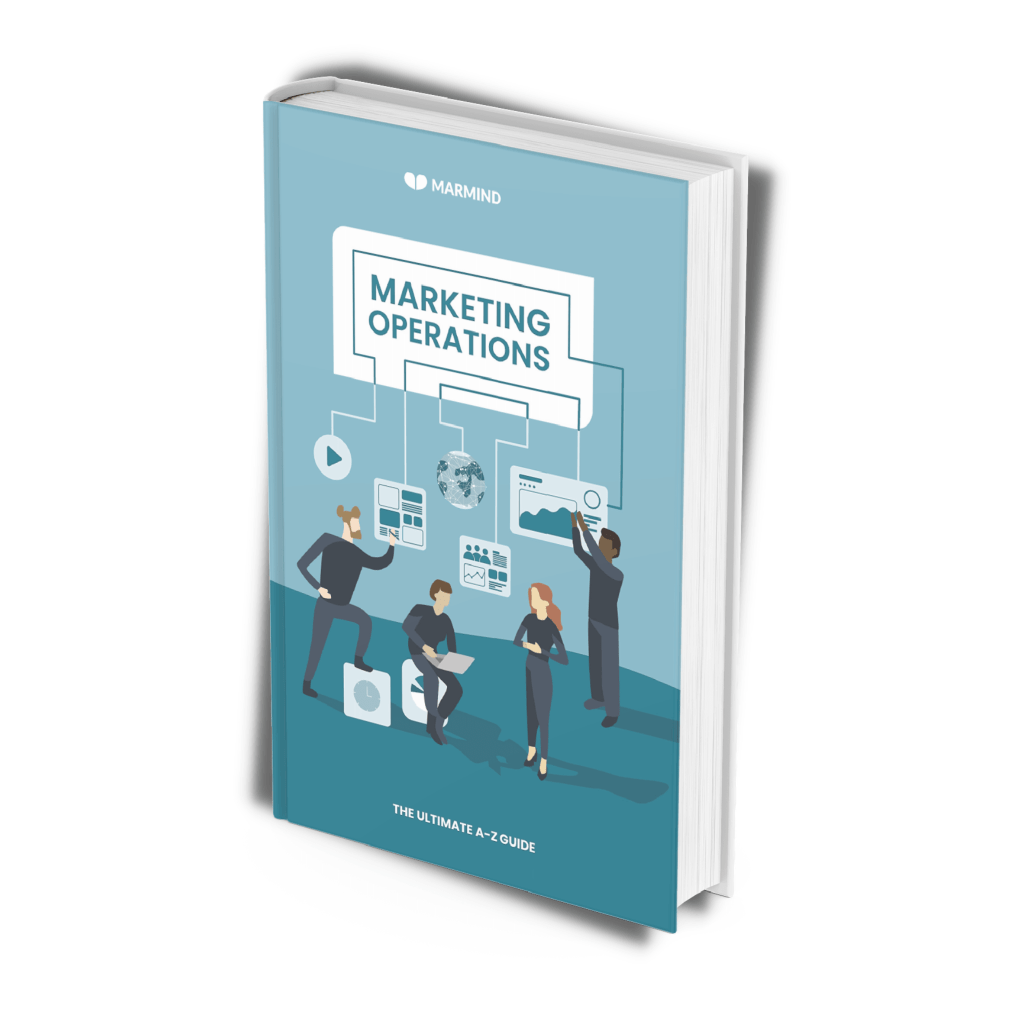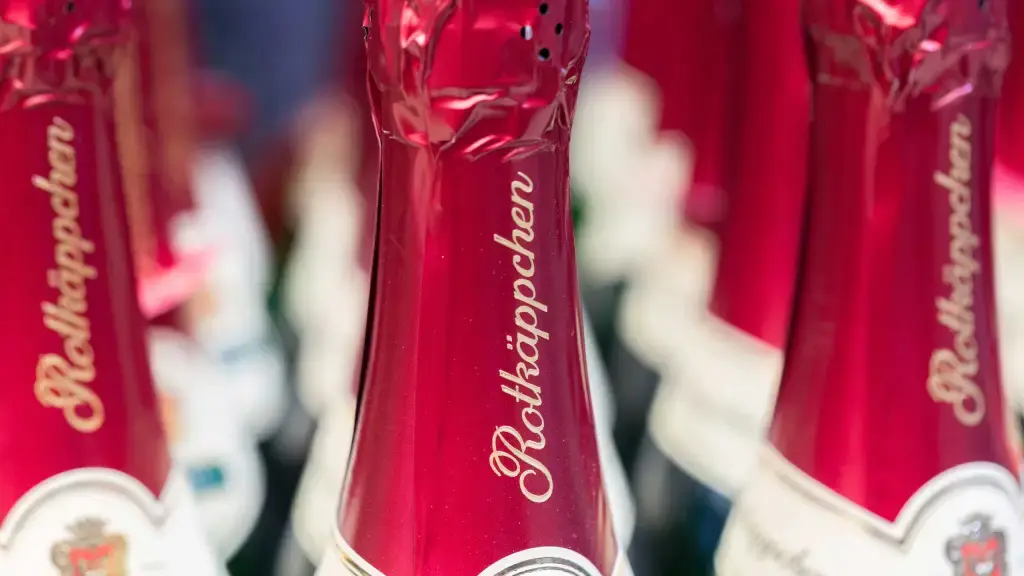
Rotkäppchen (the German name of the fairy tale heroine Red Riding Hood) sparkling wine is the ultimate success story of an East German brand that has managed to emerge strengthened after the many ups and downs of 125 years of corporate history. After a low point in 1990, when the fall of the Berlin Wall also brought the traditional GDR brand to the brink of collapse almost overnight, Rotkäppchen bubbled up again within a few years to become the most popular East German champagne brand. Today, they are the leading company in the whole of Germany. How did the Freyburg company do it?
When the name Rotkäppchen appeared on the label of a champagne bottle for the first time in 1894, the winery Kloss & Foerster had been in business for well over 30 years. Under the newly introduced trademark law, they had to find a new name for their “Monopoly” called sparkling wine. This was not the last hurdle the East German sparkling wine company would have to take. Two world wars and a world economic crisis brought huge setbacks over time. Then, in 1948, the company was expropriated, named “VEB Rotkäppchen sparkling wine Freyburg” and made public property of the GDR.
After years of working in a planned economy, Rotkäppchen’s success began to waver practically overnight. After the fall of the Berlin Wall, East Germans were tired of their old brands and turned towards western goods in scores. To add to this, Rotkäppchen wasn’t known in West Germany and found itself competing against numerous very well established brands. Despite some desperate times with their turnover halved and being forced to let go 75% of their staff, the company recovered after a management buyout. Gradually it became Germany’s leading sparkling wine cellar, which despite a currently weak market for sparkling wine keeps hitting records in sales growth. A track record such as this never just arrives out of the blue, but instead is the result of a mix of qualities that are vital to the long-term success of any business.
The courage to change: use crises to reinvent yourself
Whether facing new laws, world wars, planned economy or sudden changes in consumer behavior – Rotkäppchen has been confronted again and again with extremely large declines in sales figures and other innumerable crises during its history. Consistently, however, no matter what the adversity was, the company managed to reinvent itself or to meet each challenge with an inventive approach.
When, for example, after the fall of the Berlin Wall, only 7 million of the 15 million bottles of sparkling wine produced were sold, employees began to drive across the country and did car-boot sales for their bottles, reminding lost customers of their one-time favorite brand. Furthermore, they took the risky decision of a management buy-out by long-standing employees which proved just the right move. Instead of withdrawing in the face of overwhelming West German competition, the powerful investor Eckes-Chantré stepped in and they invested in a high-performance bottling line. Marketing experts also came on board and from 1991 to 1992, sales almost doubled again. The first step of many on a very successful journey.

New Ebook
Marketing Operations: The Ultimate A-Z Guide
Marketing Operations (MOps) is still in its infancy. That’s primarily due to every company being different, and there isn’t a standard structure that can be applied to every marketing model. So, we’ve put together this short guide to illuminate what MOps is and how it should work in your company.
Innovation and marketing: new ideas for familiar products
Even in their early years, Rotkäppchen attracted attention with original marketing ideas for their sparkling wine. When in 1899 they loaded a jubilee train with almost 79,000 bottles, their PR stunt caused a media sensation across Germany. Germany’s first South Pole expedition also had Little Red Riding Hood in their supplies. During the GDR years, new products such as sparkling wine for diabetics, coffee-infused champagne and a sparkling wine and pilsener beer mix were launched on the market. Some of these still are on sale today. From 2000 on, the “Little Red Riding Hood” campaign keeps showing the “woman in a red dress”, becoming a constantly updated, easily recognizable visual and symbol. In her latest campaign, she again makes her appearance as the “woman next door”, positioning Rotkäppchen as a “sparkling wine for all”. Since 2008, this includes everyone who may wish to abstain from alcohol but not sparkling wine, with the introduction of a non-alcoholic version.
When it comes to the internal organization of its marketing activities, the Freyburg company proves just as open to innovation. Since 2018, all Rotkäppchen-Mumm brand campaigns have been digitally coordinated using the Marmind platform.
Growth: Expanding by acquisition
As opposed to other former GDR brands such as Florena or Spee, Rotkäppchen was not acquired by large corporations. On the contrary in 2002, the business began to take on targeted brands and the production facilities of their competition. The Mumm brand was first, followed in 2003 by the private winery Geldermann, which made Rotkäppchen Mumm Germany’s largest sparkling wine cellar. In addition to their parent company in Freyburg, the company now produced at 7 different locations. They also expanded their offer from sparkling wine to other alcoholic beverages and spirits. All this while Rotkäppchen-Mumm GmbH had no wineries of their own but instead bought their grapes exclusively from third party suppliers. This has eliminated the risks of volatile harvests while maintaining consistent quality.
But also it has allowed them to better jump on trends, such as the increasing popularity of Prosecco. In 2017 Rotkäppchen-Mumm took over a well established Italian Prosecco to add that heritage to their portfolio. Chances are there will be many more reasons for the company to celebrate successes in the future.
Take aways from Rotkäppchen Sparkling Wines: Marmind Top Tips
Use crises to develop new ideas – Paradoxically, it often is a chance to reinvent yourself successfully.
Rely on a strong brand – it gives your customers a home, despite changes and adjustments in the campaign.
Do not do it all yourself – good acquisitions are often more efficient than trying to develop skills inhouse.
This article is based on the following sources:
https://en.wikipedia.org/wiki/Rotk%C3%A4ppchen-Mumm_Sektkellereien

